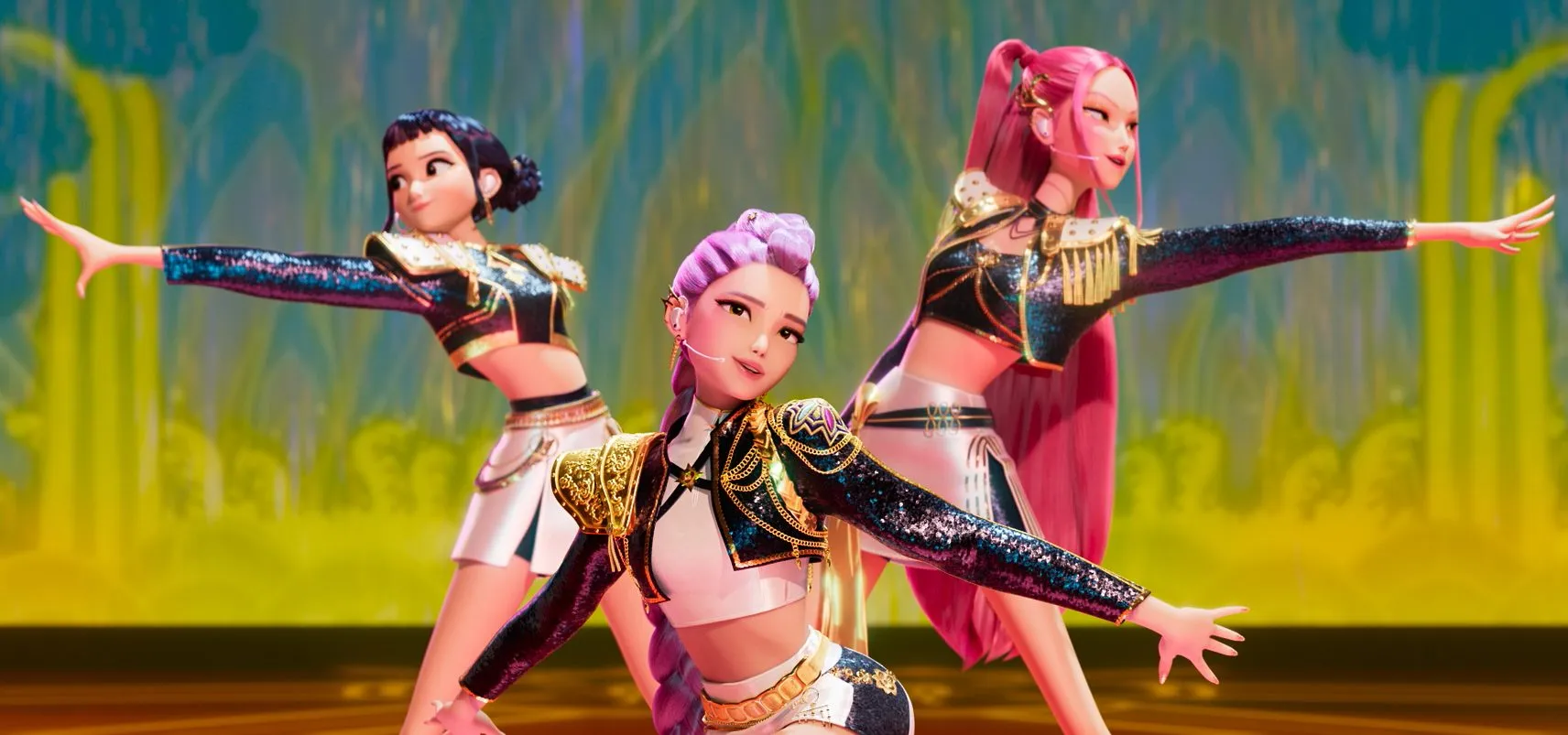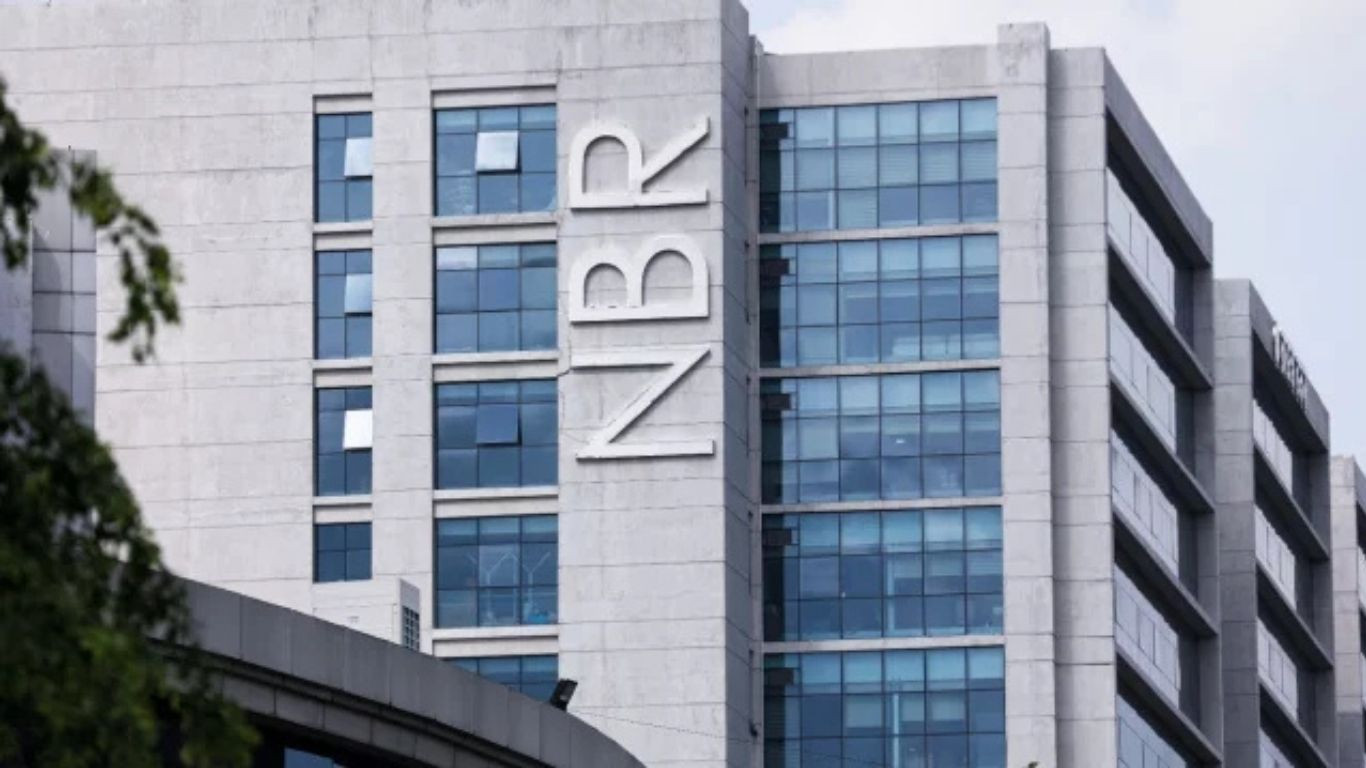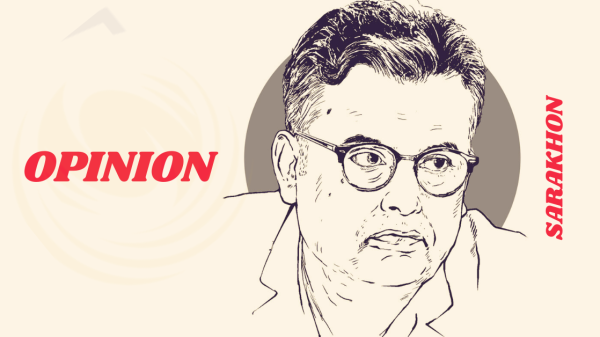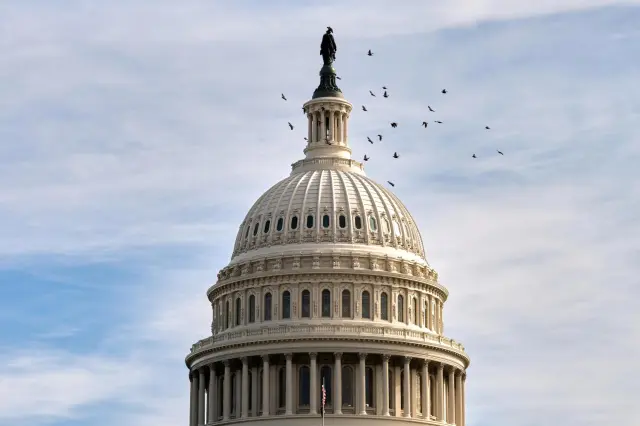Taylor Swift turns a “bonus project” into a box-office weapon

The pop economy she built keeps paying off
Taylor Swift has done it again: a film built around her new music, presented as an 89-minute “release party,” just opened at No. 1 in North America. Theater data show the project — part concert film, part behind-the-scenes diary, part visual album — pulled in tens of millions of dollars on opening weekend with only minimal advance marketing. Exhibitors say that is the headline. Studios spend months and huge ad budgets to chase that kind of start. Swift essentially flipped a switch and put fans in seats. This model extends her recent run of redefining what a pop star can sell. Last year’s stadium tour doubled as a global theatrical event. Now, even a “companion film” to an album performs like a tentpole.
The release also highlights how Swift has built an economy around community. Fans treat the screenings as mini-events, not passive viewings. They dress on theme. They sing. They film themselves reacting. Theater owners, still chasing reliable post-pandemic traffic, love that. They get repeat business and concession bumps. Industry watchers say this cements Swift as not just a touring act or streaming juggernaut, but as one of the few artists who can still create a shared, in-person pop moment on demand.
A playbook bigger than one weekend
There is also strategy in how Swift spaces her drops. Instead of the old album-tour-merch cycle, she now layers formats: studio album, theatrical film, bonus visuals, streaming cut, limited merch capsules. Each layer drives the next. That keeps fans inside her world month after month, instead of peaking once and drifting away. It also gives theaters, labels, and streaming partners recurring surges of attention. Executives quietly admit that they study Swift’s timing when planning their own fall slates, because her surprise weekends can reorder the charts.
For Hollywood, the message is blunt. If you cannot manufacture that kind of loyalty, you might have to partner with someone who can. For musicians, the message is also blunt. A record is no longer just audio. It is a storyline you stage, film, ticket, and resell — and if you can convince fans that showing up together is part of the experience, you can still turn pop culture into a live event, even in an on-demand world.






















